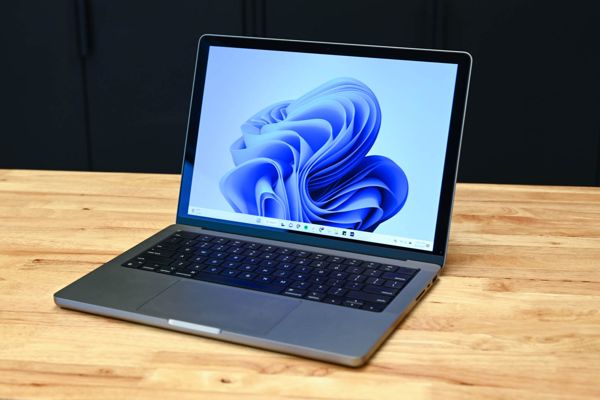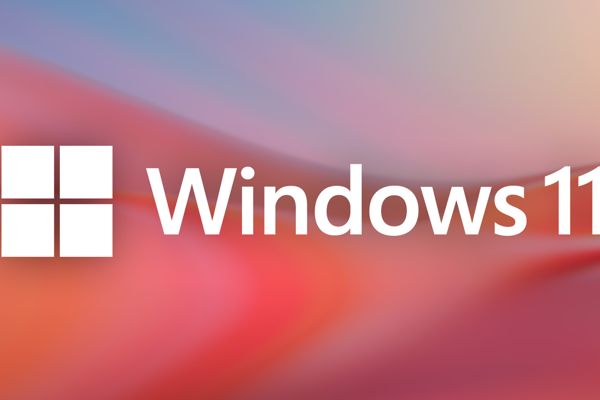
Effortlessly Transfer Files and Apps to a New PC with Windows 11

Windows 11 streamlines the task of transferring files and apps to a new PC With its easy-to-use migration tools, moving to a new device has never been smoother You can now effortlessly restore your apps from one PC to another, making the transition process hassle-free
When it comes to transitioning to a new device, it can be a challenging and time-consuming task. While most smartphones come equipped with transfer and migration tools, starting anew with a new PC can be daunting. Fortunately, Windows 11 is introducing a new feature that will make this process much smoother.
Upon setting up your new Windows 11 PC, whether it be a laptop, prebuilt, or self-built, you will now have the option to restore data from another device. Simply ensure that the apps you wish to restore are installed on your Windows 10 or Windows 11 PC beforehand. Microsoft will then backup your app list to the cloud, and upon setting up your new PC, you will find placeholders for the apps you had installed on your previous device.
If the apps you use follow Microsoft's outlined "tenets," including packaging the app, storing critical app state in the cloud, and writing user-generated content to Windows' Known Folders, then you can expect app data and content to seamlessly transfer from one PC to the next. User-generated content will be synchronized to the new PC using OneDrive, while app data will transfer via cloud migration. However, if an app does not follow these "tenets," it will likely transfer with a clean slate.
Update, 5/24/23: Microsoft has provided an in-depth explanation of the new migration feature in a recent Windows Insider Blog post. As per the post, users can now carry over their pinned apps, system settings, and pinned apps in the taskbar and Start menu to a new PC. However, it is important to note that backing up a work or school account is not yet supported, and some settings may not be copied over in the initial testing build.
The new migration feature is currently available to Insiders, and is expected to be rolled out to all users within the next few weeks or months.
Source: Microsoft













